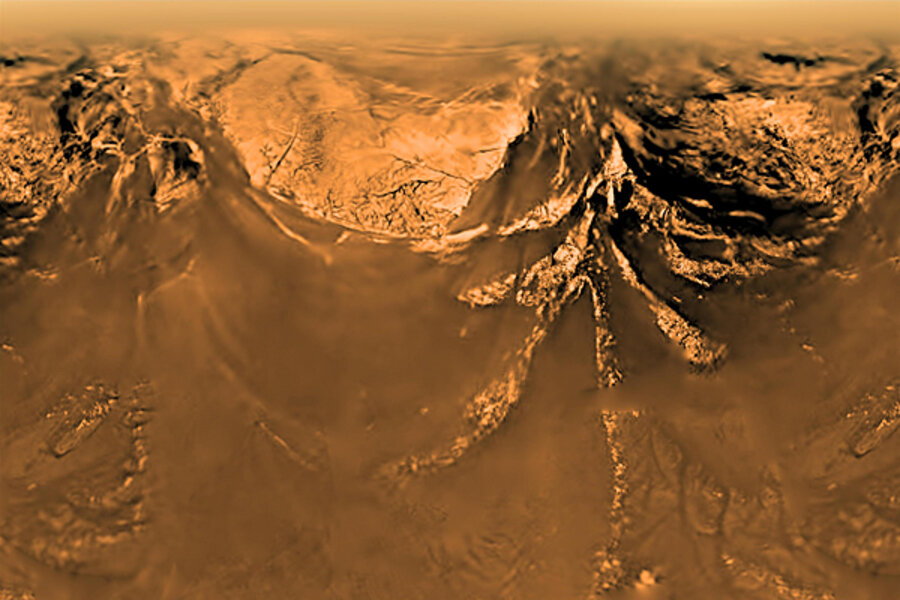Saturn’s moon Titan is covered with fields of huge dunes. They do not consist of sand at all, but of solid hydrocarbons. In a new study, scientists have suggested that their source may be comet dust.

Dunes on Titan
Researchers from the University of Colorado have put forward a new version of what is the source of the material from which the dunes on Titan were formed. This largest moon of Saturn is the second largest in the Solar System. It is also quite similar to Earth in many ways.
When the Cassini spacecraft first approached it, scientists only knew about Titan that it was covered with a dense blanket of methane clouds. Therefore, the Huygens lander had to be launched “blindly”. But when it began a controlled descent, everyone was amazed at how similar this world was to our planet.
Titan has a dense atmosphere, winds blow there, which carry clouds. Rain drips from them periodically, and the liquid on the surface forms lakes and seas. At the same time, a third of the surface is covered with fields of dunes that reach a height of 100 m.
What are the dunes of Titan made of?
However, the dunes on Titan have one feature that strongly distinguishes them from similar formations not only on Earth, but also, for example, on Mars. They do not consist of fine-grained silica, which we used to call just sand, but of something that in our conditions should be liquid and gaseous.
Scientists understand that Titan only looks like Earth at first glance. It’s actually a much cooler world. And there are already several assumptions about what kind of “snow” makes up its dunes.
The first of them is that it is really water snow and small fragments of ice. When methane rain pours on Titan, it destroys the icy surface of the moon, and then the wind begins to act.
What does comets have to do with it
And now researchers have put forward a new version of the origin of the dunes on Titan. It lies in the fact that comets are the source of all this strange “sand”. They consist of a mixture of silicate dust and frozen water and gases that remained after the formation of the Solar System. They scatter these substances over different bodies and Titan is no exception.
Scientists believe that shortly after the formation of the Solar System, the orbits of its planets often changed. Titan was already a moon of Saturn at that time, and Saturn was experiencing a real “comet attack”. Its source was Neptune, which then cleared the space around itself of all debris.
Therefore, comets crashed into the surface of Titan and deposited loose material on it. It became the basis for the formation of giant dunes. Scientists hope that future research will allow this assumption to be verified.
The second possibility is that these are solid organic substances. Similar rocks are present on many icy bodies of the Solar System, and on Titan they can simply be destroyed by wind and liquid.
According to phys.org
Follow us on Twitter to get the most interesting space news in time
https://twitter.com/ust_magazine


